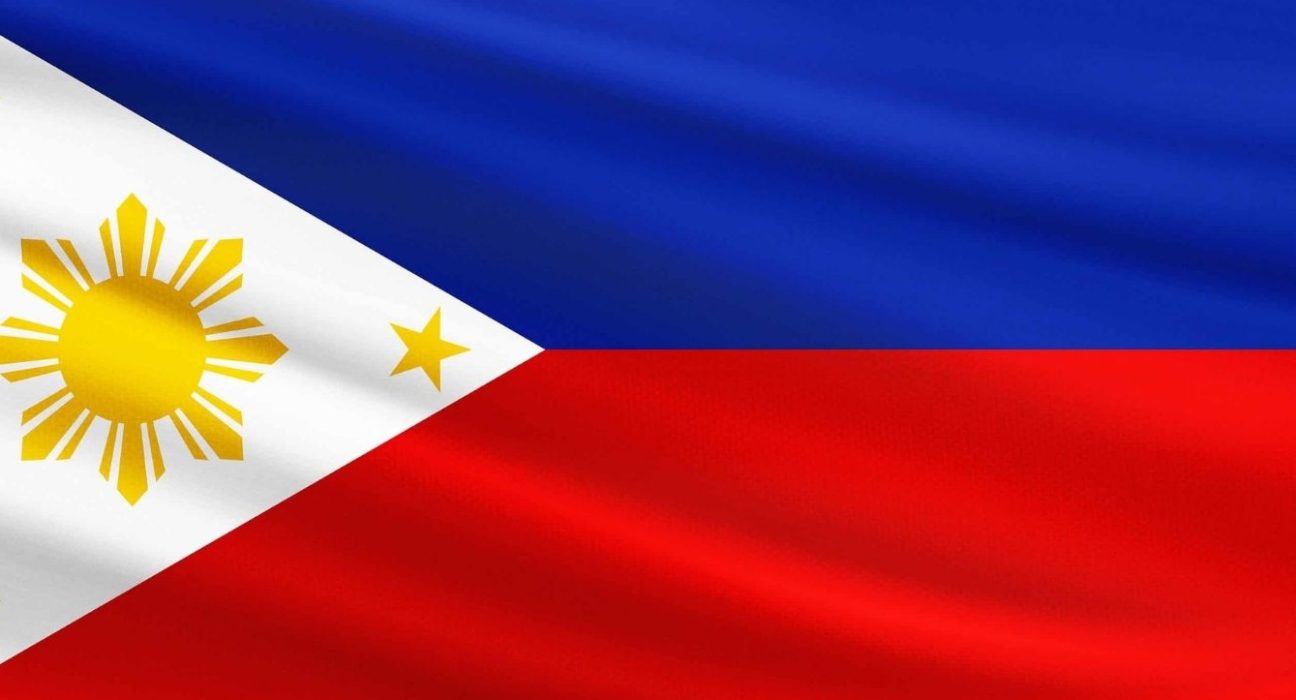The Philippines is one of the fastest-growing economies in Southeast Asia, but it faces some challenges in keeping inflation under control and sustaining its growth momentum. The International Monetary Fund (IMF) has recently issued its latest assessment of the Philippine economy and offered some policy recommendations to address these issues.
The IMF’s growth and inflation forecasts
The IMF kept its economic growth forecast for the Philippines this year at 6.0%, which is at the low end of the government’s target range of 6.0% to 7.0%. The IMF projected next year’s GDP expansion for the Philippines to come in between 5.5% and 6.0%, compared with its previous forecast of 5.8%.
The IMF’s growth forecast for this year is based on the assumption that the country will continue to recover from the pandemic-related downturn and benefit from strong domestic demand, public investment, and external trade. However, the IMF also warned that there are some downside risks to the outlook, such as persistently high core inflation, depreciation pressures amid tighter global conditions, geoeconomic fragmentation, and balance sheet impacts related to higher borrowing costs.
The IMF noted that inflation remains a key challenge for the Philippine economy, as it has been above the central bank’s target range of 2-4% for more than a year. Inflation eased for a third straight month in April to 6.6%, but it is still high compared with other emerging markets. The IMF attributed the high inflation to supply-side shocks, such as higher food and oil prices, as well as demand-side pressures, such as rising wages and remittances.
The IMF’s policy recommendations
The IMF commended the Philippine authorities for their timely and decisive policy response to the pandemic, which helped mitigate the economic and social impact of the crisis. The IMF also praised the central bank for its aggressive monetary easing and liquidity support, which helped stabilize the financial system and support credit growth.
However, the IMF also urged the authorities to adopt a more balanced policy mix to address the inflation challenge and support the economic recovery. The IMF recommended that the central bank maintain a continued tightening bias until inflation falls decisively within the target range, while allowing some exchange rate flexibility to absorb external shocks.
The IMF also suggested that the government pursue fiscal consolidation in a gradual and growth-friendly manner, while prioritizing social spending and infrastructure investment. The IMF said that fiscal consolidation would complement monetary policy in reducing inflationary pressures and enhancing debt sustainability.
Moreover, the IMF advised the authorities to implement structural reforms to boost productivity, competitiveness, and resilience. The IMF highlighted the need to improve tax administration, enhance governance and anti-corruption measures, promote digitalization and financial inclusion, and strengthen social protection and health systems.
Conclusion
The Philippines has achieved one of the strongest recoveries in emerging markets following the pandemic-related downturn, but it still faces some challenges in keeping inflation under control and sustaining its growth momentum. The IMF has offered some policy recommendations to help the country cope with these challenges and achieve its long-term development goals.










